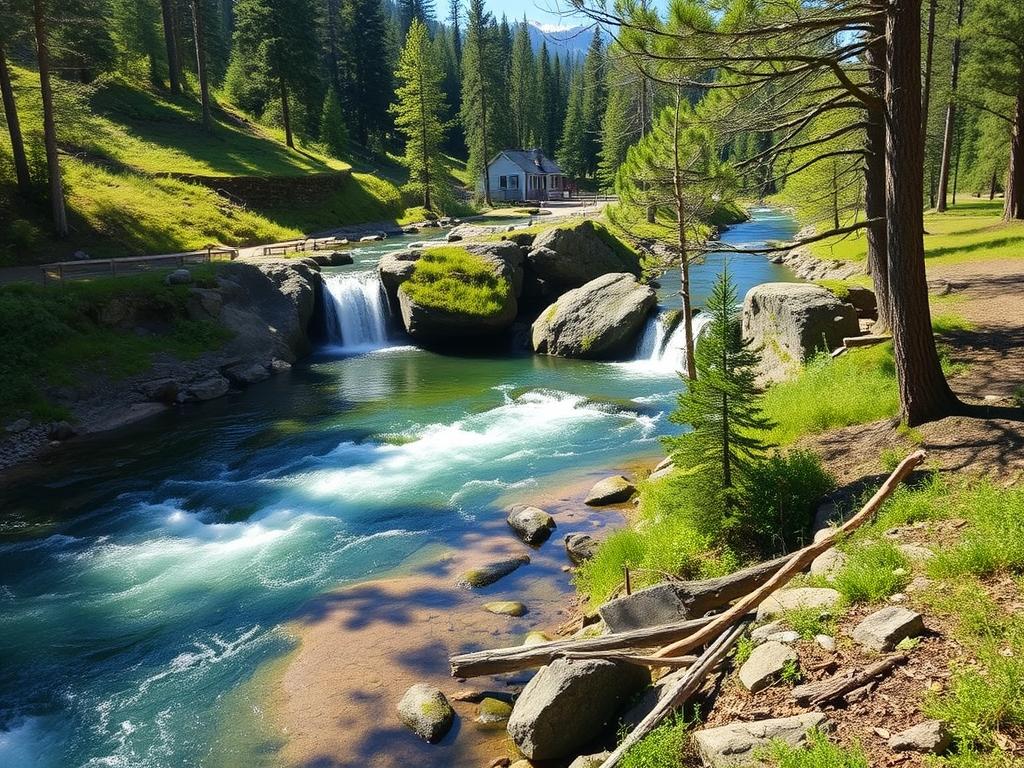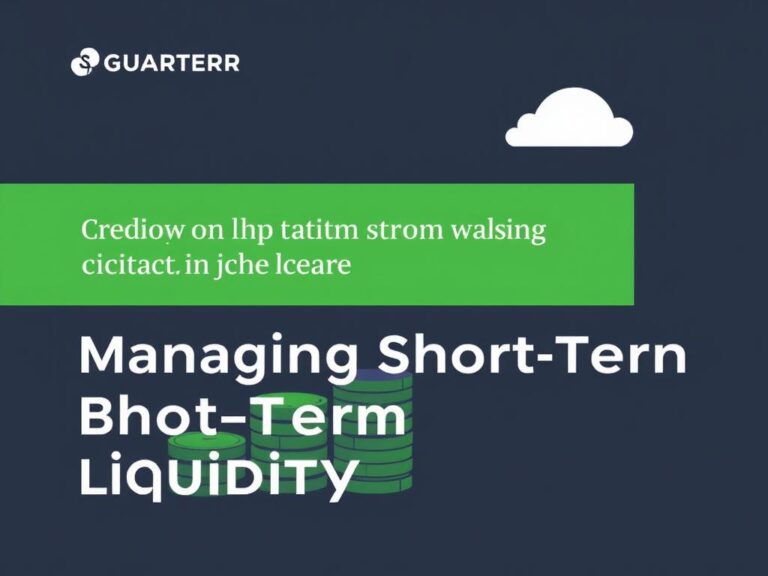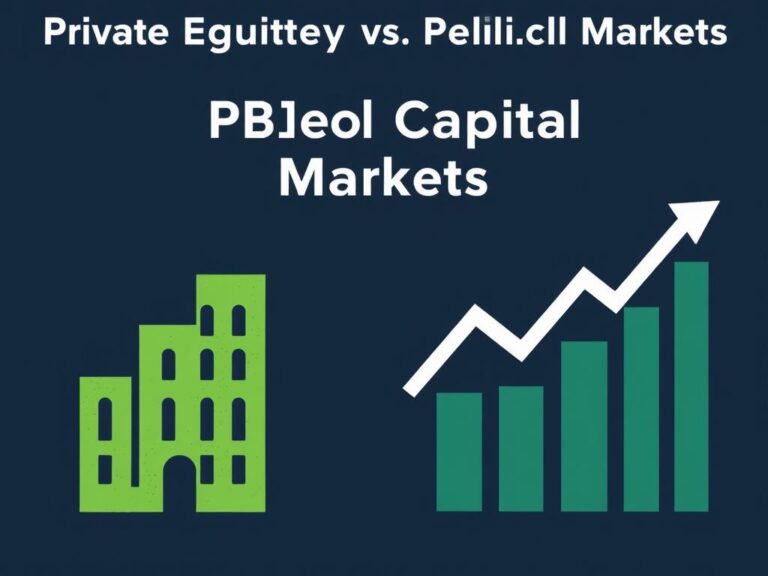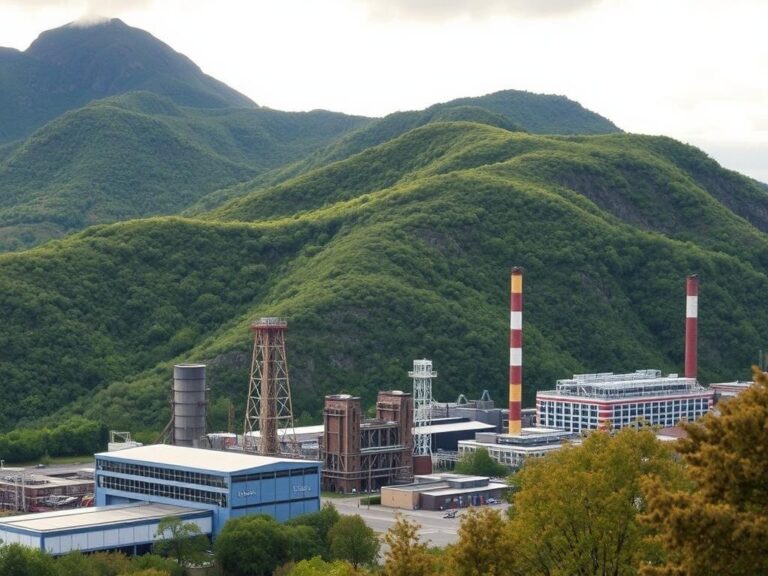Natural Capital: Understanding the Economic Value of Environmental Resources
What is Natural Capital?
Natural capital is a concept that helps us understand and appreciate the earth’s valuable environmental resources in economic terms. Think of natural capital as the “stock” of natural assets like forests, rivers, soil, minerals, and ecosystems that provide essential goods and services. These materials and services are vital for human survival and economic activity. Unlike manufactured capital such as machinery or infrastructure, natural capital is something we inherit from the planet, and it forms the foundation for all economic systems globally. By putting a value on these resources, we get a clearer picture of their importance and the need for sustainable management.
When we speak about natural capital, we’re not just talking about tangible items like timber or minerals but also about intangible services such as clean air, water filtration, carbon sequestration, and pollination. These environmental positives contribute significantly to well-being and economic growth. The economic value of environmental resources highlights that these services, although often overlooked, have direct and indirect effects on our economy, health, and quality of life.
Why Assign Economic Value to Environmental Resources?
Assigning economic value to environmental resources is critical for fostering awareness and guiding policymaking toward sustainability. Without recognizing the economic importance of nature, it’s easy to ignore or underestimate the cost of environmental degradation. For example, deforestation might yield immediate profits through timber sales, but it can also cause soil erosion, loss of biodiversity, and reduced water quality—factors that carry substantial economic costs over time.
By quantifying natural capital, governments, businesses, and society can make more informed decisions. This approach helps promote investments in conservation efforts and sustainable resource management. It bridges the gap between ecology and economy, making it clear that protecting nature is not just an ethical or environmental concern but also a financial imperative.
Key Components of Natural Capital
Let’s take a closer look at what comprises natural capital by breaking it down into categories:
| Component | Description | Examples |
|---|---|---|
| Renewable Resources | Natural resources that regenerate over time | Forests, fish stocks, freshwater |
| Non-renewable Resources | Resources that are finite and do not replenish within a human timescale | Minerals, fossil fuels |
| Ecosystem Services | Benefits humans receive from ecological processes | Air purification, pollination, climate regulation |
| Soil and Land | Foundational natural assets supporting agriculture and habitats | Arable land, wetlands |
Understanding these categories helps us appreciate the diversity and complexity of natural capital and the multiple ways it contributes to the economy and human livelihoods.
Methods to Measure the Economic Value of Environmental Resources
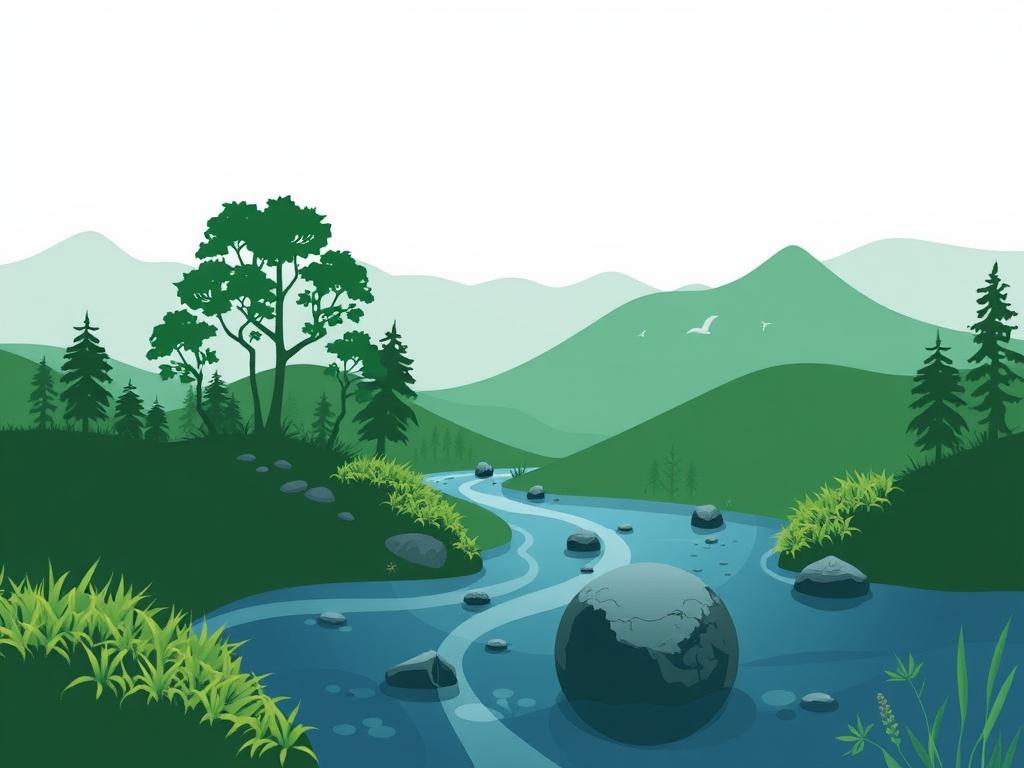
Measuring the economic value of environmental resources is not always straightforward. Nevertheless, economists and environmental scientists have developed several methods to estimate this value, which are critical tools for natural capital accounting. Here are some commonly used approaches:
- Market Pricing: Uses actual market prices to value resources like timber or minerals. This method is direct but limited to resources traded in the market.
- Cost-Benefit Analysis: Compares the costs and benefits of environmental projects or policies, often including non-market values.
- Contingent Valuation: Surveys people to estimate their willingness to pay for environmental goods or to avoid environmental harm.
- Hedonic Pricing: Uses differences in market prices (e.g., property values) to infer the value of environmental attributes like clean air or park proximity.
- Replacement Cost: Estimates costs of replacing ecosystem services with man-made alternatives, such as water filtration plants.
All these methods have strengths and limitations, but together they provide a more complete picture of the economic worth of natural capital.
Challenges in Valuing Natural Capital
Despite its importance, calculating the economic value of environmental resources comes with challenges. Many ecosystem services do not have direct market prices, making valuation difficult. There’s also ethical debate about putting a price tag on nature, which some argue reduces complex ecological relationships to mere commodities. Moreover, natural systems often function in ways that are interconnected and dynamic, complicating attempts to isolate particular values. Uncertainties in scientific understanding and data availability further add to the complexity. However, even imperfect valuations are better than ignoring natural capital altogether, as they provide a critical framework for conservation and sustainable development.
Natural Capital in Policy and Business
Governments and organizations around the world are now recognizing the importance of incorporating natural capital into their decision-making frameworks. Policies that consider the economic value of environmental resources can lead to better resource management, reducing long-term costs and promoting sustainability. Concepts such as “payment for ecosystem services” incentivize landowners and communities to preserve forests, wetlands, and other ecosystems.
In the business world, companies are beginning to assess their “natural capital footprint” to understand how their operations depend on and impact environmental resources. This information influences strategies concerning resource use, risk management, and corporate social responsibility. Industries like agriculture, forestry, fisheries, and tourism particularly benefit from integrating natural capital valuation into their planning.
Examples of Natural Capital Accounting Practices

| Country/Organization | Initiative | Purpose |
|---|---|---|
| United Kingdom | Natural Capital Committee | Advise government on natural capital investment and monitoring through national accounts |
| World Bank | Wealth Accounting and the Valuation of Ecosystem Services (WAVES) | Support developing countries in natural capital accounting for sustainable development |
| Companies like Kering | Natural Capital Protocol | Help businesses measure and value natural capital impacts and dependencies |
These examples demonstrate real-world applications and increasing momentum behind natural capital as a critical part of economic planning.
The Future of Natural Capital and Sustainable Development
Looking forward, the integration of natural capital into economic systems represents a promising way to tackle pressing global challenges like climate change, biodiversity loss, and resource depletion. By understanding the economic value of environmental resources, societies can better balance growth with conservation, ensuring that future generations inherit a healthy and productive planet.
Emerging technologies such as remote sensing, artificial intelligence, and big data analytics are improving how we monitor and value natural capital. These tools allow for more accurate and dynamic assessments that can inform adaptive management strategies. Additionally, increased public awareness about the environment encourages responsible consumption and investment choices that support natural capital preservation.
How You Can Help Protect Natural Capital
Everyone has a role to play in protecting natural capital. Here are a few simple actions that make a difference:
- Support sustainable products and companies that prioritize environmental responsibility.
- Reduce your carbon footprint by using energy-efficient appliances and transportation.
- Participate in local conservation efforts such as tree planting and habitat restoration.
- Educate yourself and others about the importance of natural capital and the economic value of environmental resources.
Every small effort counts toward preserving the natural wealth that sustains us all.
Conclusion

Natural capital reminds us that the environment is not just a backdrop for human activity but a critical economic asset providing essential goods and services. Assigning an economic value to environmental resources helps bridge the gap between ecology and economics, encouraging sustainable management and policy decisions. While valuing natural capital can be complex, its integration into business, government, and everyday life is crucial for safeguarding our planet’s future. By recognizing and respecting the economic worth of nature, we pave the way for a healthier, more sustainable world where both people and the planet can thrive.

